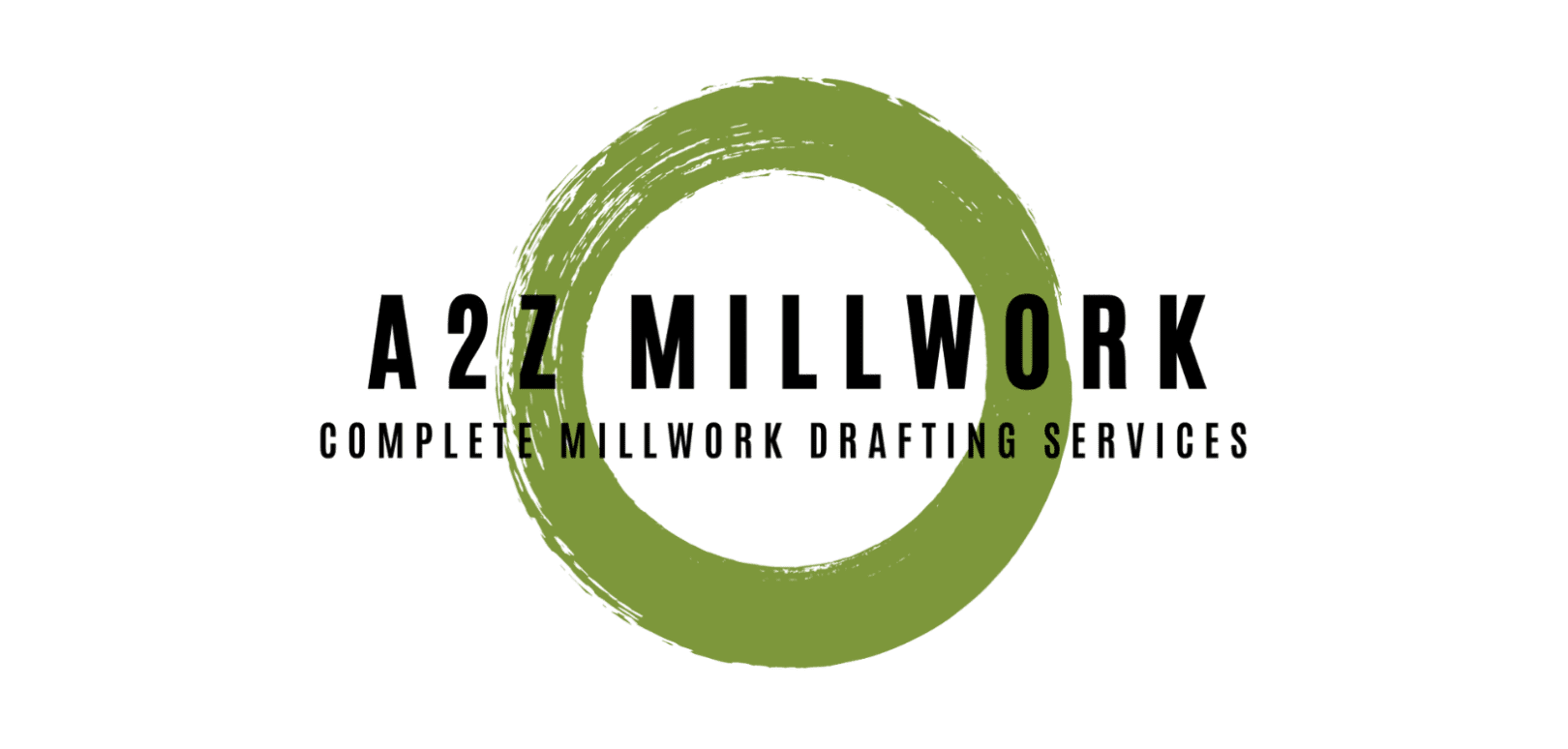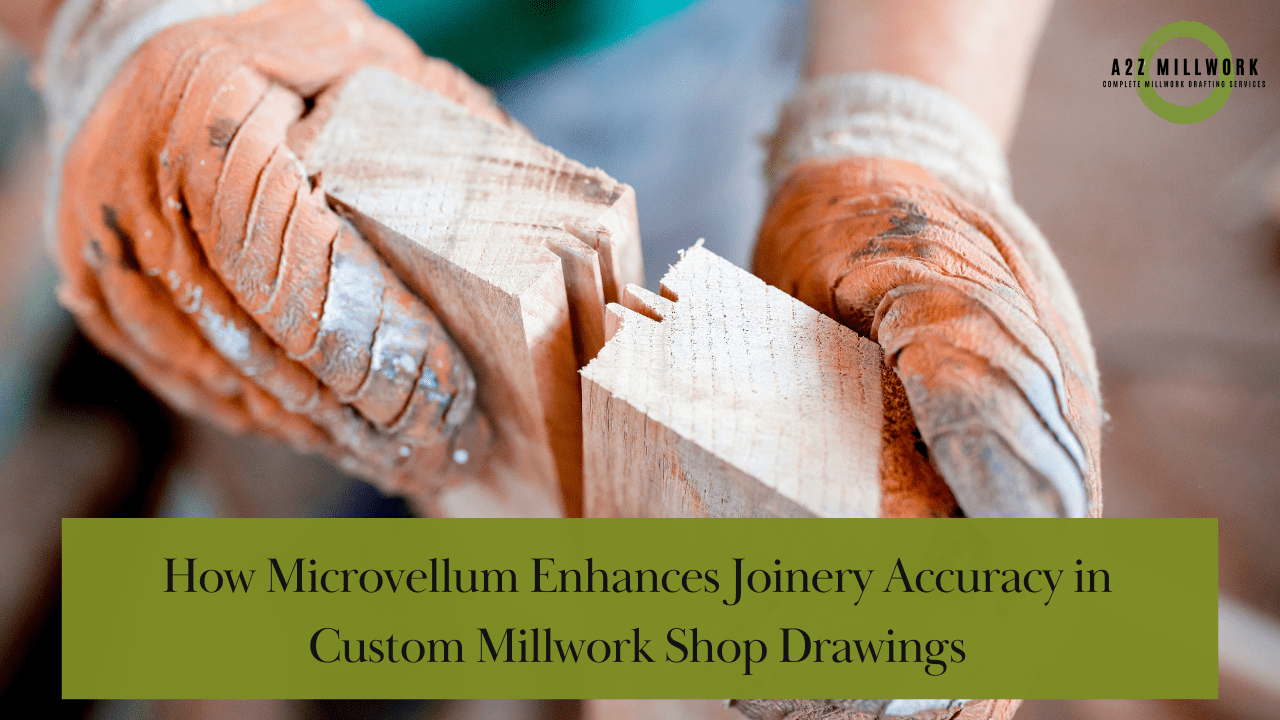In the precision-driven world of architectural millwork, joinery accuracy is the cornerstone of quality craftsmanship. From casework to wall paneling, accurate joinery details ensure not just structural integrity but also ease of assembly, reduced waste, and elevated aesthetic appeal. In recent years, software advancements like Microvellum have revolutionized the drafting and production processes. This article explores how Microvellum enhances joinery accuracy in custom millwork shop drawings and why this matters to manufacturers, architects, and general contractors operating in the U.S. construction market.
Understanding Joinery in Millwork
What is Joinery in Custom Millwork?
Joinery refers to the method of connecting two or more pieces of wood or engineered panels in construction. In millwork applications, common joinery types include dowel joints, dovetail joints, mortise and tenon, dadoes, and miters. These joints must be carefully engineered to ensure stability, especially in high-traffic commercial and institutional settings.
Why Joinery Accuracy Matters
Accurate joinery directly influences:
- Structural Integrity: Misalignments weaken the structure.
- Assembly Speed: Accurate joinery reduces on-site adjustments.
- Material Waste: Improper fits lead to rework and scrap.
- Finish Quality: Flush joints and aligned edges improve aesthetics.
Inconsistent joinery can lead to change orders, client dissatisfaction, and project delays.
The Role of CAD and CAM in Joinery Drafting
From Manual Drafting to Digital Precision
Historically, joinery details were manually drafted, which left room for error and inconsistencies. CAD (Computer-Aided Design) improved this with vector-based precision. However, Microvellum took this further by integrating CAM (Computer-Aided Manufacturing), allowing design files to communicate directly with CNC machines.
Why Microvellum Stands Out
Microvellum is built specifically for woodworkers and millwork manufacturers. Unlike general CAD tools, it allows users to:
- Automate joinery design rules based on material types (e.g., MDF vs. hardwood).
- Generate CNC-ready DXF files.
- Simulate fit and form with parametric modeling.
- Apply industry standards (AWI, SEFA, LEED) automatically.
This deep integration with the manufacturing process significantly enhances accuracy.
Microvellum’s Features That Improve Joinery Accuracy
Parametric Joinery Libraries
Microvellum includes customizable libraries with standardized joinery configurations. Whether it’s blind dadoes for case backs or dowel and cam locks for RTA cabinets, these libraries:
- Minimize human error.
- Ensure uniform application of construction standards.
- Allow quick adaptation for unique job specs.
Material-Based Intelligence
Each material behaves differently under machining. For instance:
- MDF requires less machining tolerance than hardwood.
- Plywood may split with improperly sized screws or fasteners.
Microvellum accounts for these nuances by:
- Adjusting fit clearance based on material.
- Defining tool paths that match the strength profile of each material.
DXF-to-CNC Integration
Joinery data from Microvellum can be exported directly to CNC machines. This reduces:
- Manual Data Re-entry: Eliminates human transcription errors.
- Setup Time: Allows plug-and-play execution.
- Fit Issues: Ensures machine execution matches design intent.
Clash Detection and Simulations
Before fabrication, Microvellum allows for 3D clash detection. This:
- Highlights overlapping joints.
- Flags missing joinery configurations.
- Enables visual approval from stakeholders.
Case Studies from the U.S. Market
Educational Institution Casework
A school district in Illinois faced delays due to joinery inconsistencies in science lab casework. After switching to Microvellum and partnering with A2Z Millwork Design LLC, the results were:
- 25% faster installation time.
- 40% reduction in on-site rework.
- Flawless coordination with contractors.
Hospitality Renovation
A luxury hotel chain in California updated guest rooms with custom millwork. With Microvellum-driven joinery details:
- Cabinet installers saw a 30% improvement in fit accuracy.
- Lead time was reduced by 3 weeks.
These outcomes directly stem from accurate shop drawings and CNC-ready files.
The Business Value of Accurate Joinery
Faster Project Completion
Time saved during installation translates into quicker project turnover. For general contractors, this:
- Reduces holding costs.
- Improves scheduling predictability.
Fewer Change Orders
Joinery-related mistakes are among the top causes of millwork change orders. Accurate drafting:
- Avoids costly revisions.
- Improves subcontractor trust.
Brand Reputation
Consistency and quality in execution enhance a firm’s reputation. For millwork shops:
- Precision becomes a competitive differentiator.
- Clients are more likely to offer repeat business.
Conclusion: Why Choose A2Z Millwork Design LLC for Microvellum Drafting
A2Z Millwork Design LLC is a U.S.-based leader in custom millwork drafting, with specialized expertise in Microvellum. By choosing A2Z, manufacturers and contractors benefit from:
- Expert-Level Drafting Services: Adherence to AWI and local codes.
- Joinery Accuracy: Use of Microvellum’s full capabilities to ensure precise fit.
- CNC Integration: DXF outputs tailored to your machinery.
- End-to-End Support: From initial drafts to as-built documentation.
In the U.S. market, where timelines are tight and precision is paramount, A2Z Millwork Design LLC ensures your shop drawings are not only accurate but optimized for production and installation.
Ready to elevate your millwork quality? Partner with A2Z Millwork Design and experience how Microvellum-enhanced drafting can transform your next project.






